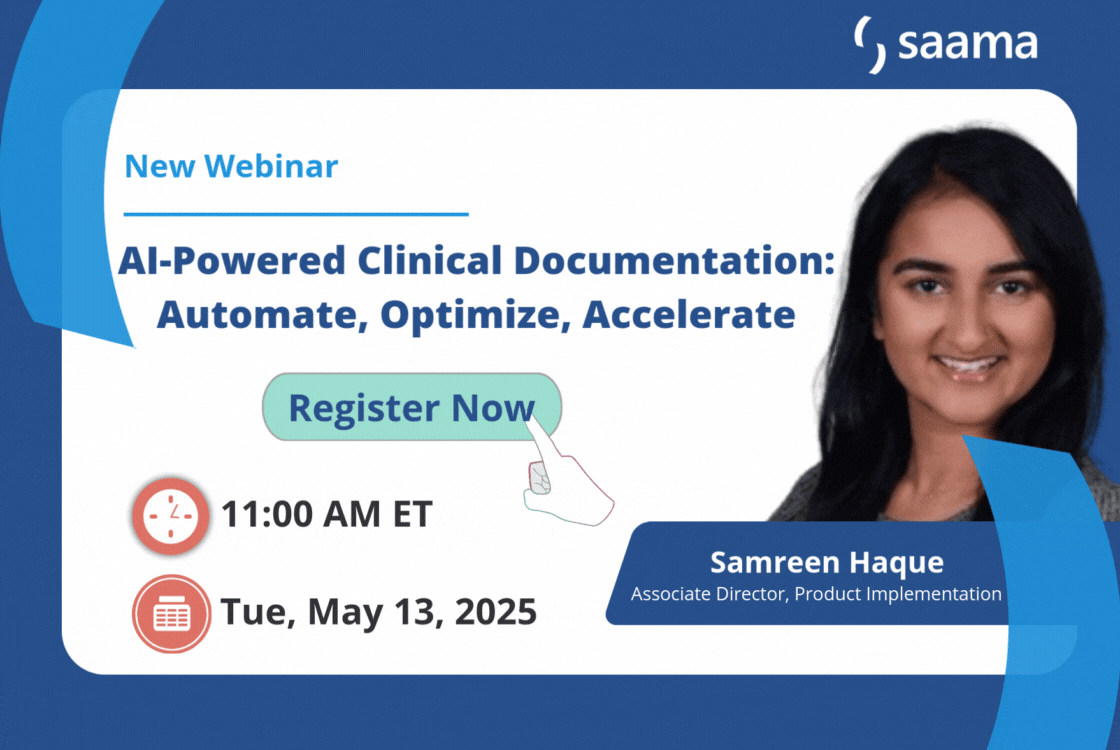AI. ML. ChatGPT. There’s lots of abbreviations out there and they all have us trying to figure out what they mean — for us. Will they make our lives easier? Will they take our jobs?
Welcome to our “Demystifying AI” blog series! In this initial post, we’ll talk about AI and how it works.
Let’s talk about running. We all have a runner or two in our lives. When training for their races, they often need to plan their runs — which need to be scheduled around their everyday lives. (Runners have jobs, families, and friends, too!) Different conditions, or rules, determine when each runner can go for their run.
This chart shows a series of decisions that a runner might need to consider in order to decide if they can run or not:
| Time of Day | Temperature | Weather | Obligations |
| 10 p.m. – 5 a.m. – Not Running | 0 – 50°F Not Running | Raining – Not running | Spouse taking kids to school – I will run |
| 5 – 7 a.m.- Maybe | 50° – 80°F I will run | Snow – Not running | Have to take the kids to school – Not running |
| 8 – 9 a.m. – Maybe | 80° – 110°F Too Hot, Not Running | Cloudy – Will run | |
| 9 a.m. – 5 p.m. – Can’t run, work | Sunny – Will run | ||
| 5 – 7 p.m.- I think I can run | |||
| 7 – 9 p.m.- I think I can run (if not too dark) | |||
| 9 – 10 p.m. – No, Don’t like to run after dinner |
With so many conditions to meet, it can be difficult for the runner to determine when they can run. This is where AI can help!
When a problem is too complex for humans like us to solve, we can take advantage of the intelligence of machines— provided they have all the conditions and variables.
Let’s say Runner Chris has a smart watch. They can download data from all of their past runs, and evaluate it using an AI model. By analyzing all of their running data, the AI can recognize patterns — such as time, temperature, and weather — during past runs. The AI can then help Chris decide whether or not it’s the right time to go for a run, based on their past behavior.
In a nutshell, AI takes a difficult and complex problem and simplifies it.
For more on how Saama is using AI to accelerate clinical trials, visit www.saama.com or contact us at [email protected].

